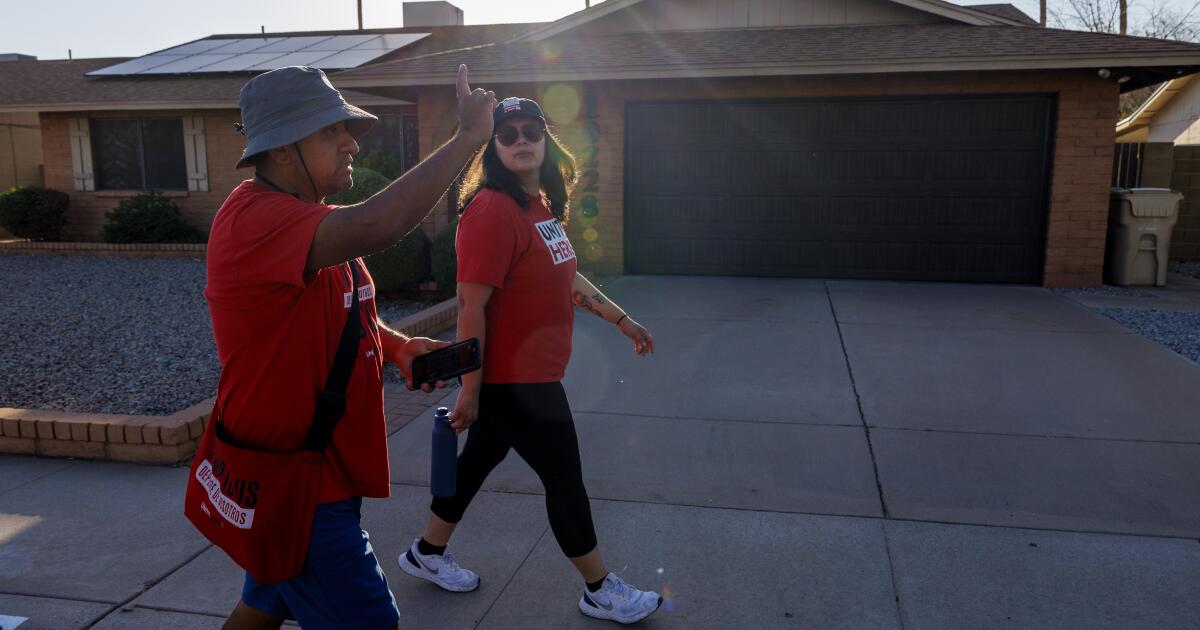Hours earlier than daybreak, underneath the veil of a brand new moon, two figures in navy fatigues grapple like Greco-Roman wrestlers inside the razor wire perimeter of the Blue Grass Military Depot in Richmond, Kentucky.
Their actions are inflexible however discreet, every maneuvering for leverage beneath the orange glow of the floodlights lining the depot’s safety fence.
Within the distance, a patrolling sentry squints, straining to make sense of the dimly lit commotion. He thumbs the two-way radio on his pistol belt however hesitates, frightened he could frustrate his supervisor with an inaccurate report.
However earlier than the combat can go to floor — and earlier than the sentry can reassess and request assist — a brilliant inexperienced reticle highlights the entwined our bodies on a management room monitor a number of miles away. Scylla, the substitute intelligence algorithm powering the depot’s safety structure, has made sense of what the sentry can’t.
Scylla is aware of immediately that the picture captured by the depot’s safety cameras depicts a battle. In seconds, the algorithm references a database of pleasant and malicious faces, identifies the belligerents and fires a report back to the watch captain: “An on-duty navy police officer is attempting to subdue an intruder — a recognized unhealthy actor with presumed hostile intent.”
This fictional situation described by Drew Walter, deputy assistant secretary of protection for nuclear issues, illustrates AI’s demonstrated capabilities and underscores its potential within the realm of bodily safety. Final month, the Protection Division examined Scylla on the Depot. Walter described the platform as a “appreciable development in our skill to safeguard vital belongings.”
“Its capability to be taught in actual time and cut back nuisance alarms — which fatigue safety personnel and inhibit responses to official threats — addresses a long-standing problem in bodily safety,” he stated.
DOD is taking a look at AI’s skill to reinforce current surveillance capabilities and risk detection, aligning with the division’s broader technique to combine information, analytics and AI throughout its operations.
The Bodily Safety Enterprise and Evaluation Group, which is testing Scylla, performs a pivotal position within the division’s mission to safeguard America’s strategic nuclear capabilities. “PSEAG does bodily safety effectively and has taken the reins in each the strategic and standard realms,” Walter stated. “By unifying disparate efforts underneath one umbrella, we will procure and subject capabilities that meet Protection Division nuclear safety necessities.”
PSEAG’s curiosity in AI is nested within the division’s strategic priorities. Final yr, in a speech on “The state of synthetic intelligence AI within the Division of Protection,” Deputy Protection Secretary Kathleen Hicks emphasised the significance of integrating AI swiftly and responsibly.
“As we have targeted on integrating AI into our operations responsibly and at velocity, our foremost motive for doing so has been easy: as a result of it improves our choice benefit,” Hicks stated. “From the standpoint of deterring and defending in opposition to aggression, AI-enabled techniques may also help speed up the velocity of commanders’ choices and enhance the standard and accuracy of these choices.”
Chris Willoughby, digital safety techniques supervisor on the Depot and challenge lead for Scylla, is working to offer life to Hicks’ imaginative and prescient. “PSEAG is testing, evaluating and coaching Scylla’s synthetic intelligence deep neural machine studying software program to detect and classify individuals’ options, conduct anomalies, armed and unarmed threats and objects by evaluating video surveillance techniques in actual time,” he stated.
The demonstration on the Depot showcased Scylla’s skill to detect intruders, weapons and irregular conduct utilizing current video surveillance techniques and drones. In a single occasion, the software program recognized an armed particular person climbing a water tower a mile away. “Scylla take a look at and analysis has demonstrated a chance of detection above 96% accuracy requirements, considerably decreasing … false alarm charges as a result of environmental phenomena,” Willoughby stated.
Walter echoed Willoughby’s enthusiasm, lauding Scylla’s distinctive — and cost-effective — software to current bodily safety structure. “Scylla AI leverages any appropriate video feed obtainable to watch, be taught and alert immediately, lessening the operational burden on safety personnel,” he stated. “Whereas people nonetheless make the ultimate choices concerning risk response, AI augments detection capabilities.”
Walter stated Scylla’s most important software may lie in bettering the bodily safety of DOD’s strategic nuclear arsenal. “Scylla’s transformative potential lies in its assist to PSEAG’s core mission, which is to safeguard America’s strategic nuclear capabilities when they’re within the division’s care,” he stated. “The flexibility to detect and reply to threats swiftly is paramount when coping with belongings vital to deterrence — be they Trident missile submarines, intercontinental ballistic missiles or strategic bombers.”
Past the Depot, the division is exploring Scylla’s potential in chilly climate and maritime environments. Within the coming months, Joint Base Charleston, South Carolina, will host Navy and Marine Corps-led assessments, guaranteeing that the algorithm meets their service-specific calls for.
PSEAG officers stated they’re particularly all for testing AI’s skill to mitigate an rising risk: unmanned techniques able to transcending domains by rising from the ocean to function on land or within the air.
Although it faces challenges within the type of novel threats, situations and environments, Walter and Hicks stated AI is crucial to sustaining the US’ aggressive technological edge.
The deputy secretary stated the division has labored for greater than a decade to be a world chief within the improvement and use of AI applied sciences. “By placing our values first and enjoying to our strengths — the best of which is our folks — we have taken a accountable strategy to [artificial intelligence] that can guarantee America continues to come back out forward.”
PSEAG’s funding in AI is born from the 2022 Nationwide Protection Technique’s dedication to “driving commercialization … in rising applied sciences,” like “synthetic intelligence and autonomy,” and the algorithm’s noteworthy efficiency in Richmond, Kentucky, marks a basic milestone on the division’s path towards improved bodily safety and complete AI adoption.
“By embracing superior applied sciences, like Scylla, we aren’t simply enhancing our present safety measures,” Walter stated, “we’re setting the inspiration for future improvements that can preserve our nation protected.”



















![Lawctopus’ 2 Days Online Workshop on ‘Acquire 8 Skills to Ace Legal Drafting!’ [June 16-17, 7-9 PM]: Register by June 15!](https://i3.wp.com/cdn.lawctopus.com/wp-content/uploads/2024/05/LLS-newtop-1.png?w=120&resize=120,86&ssl=1)
